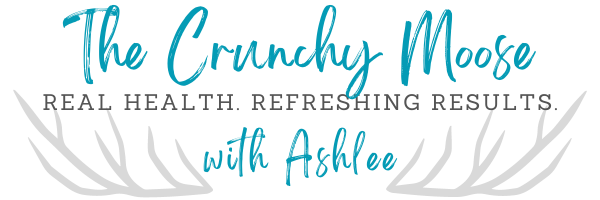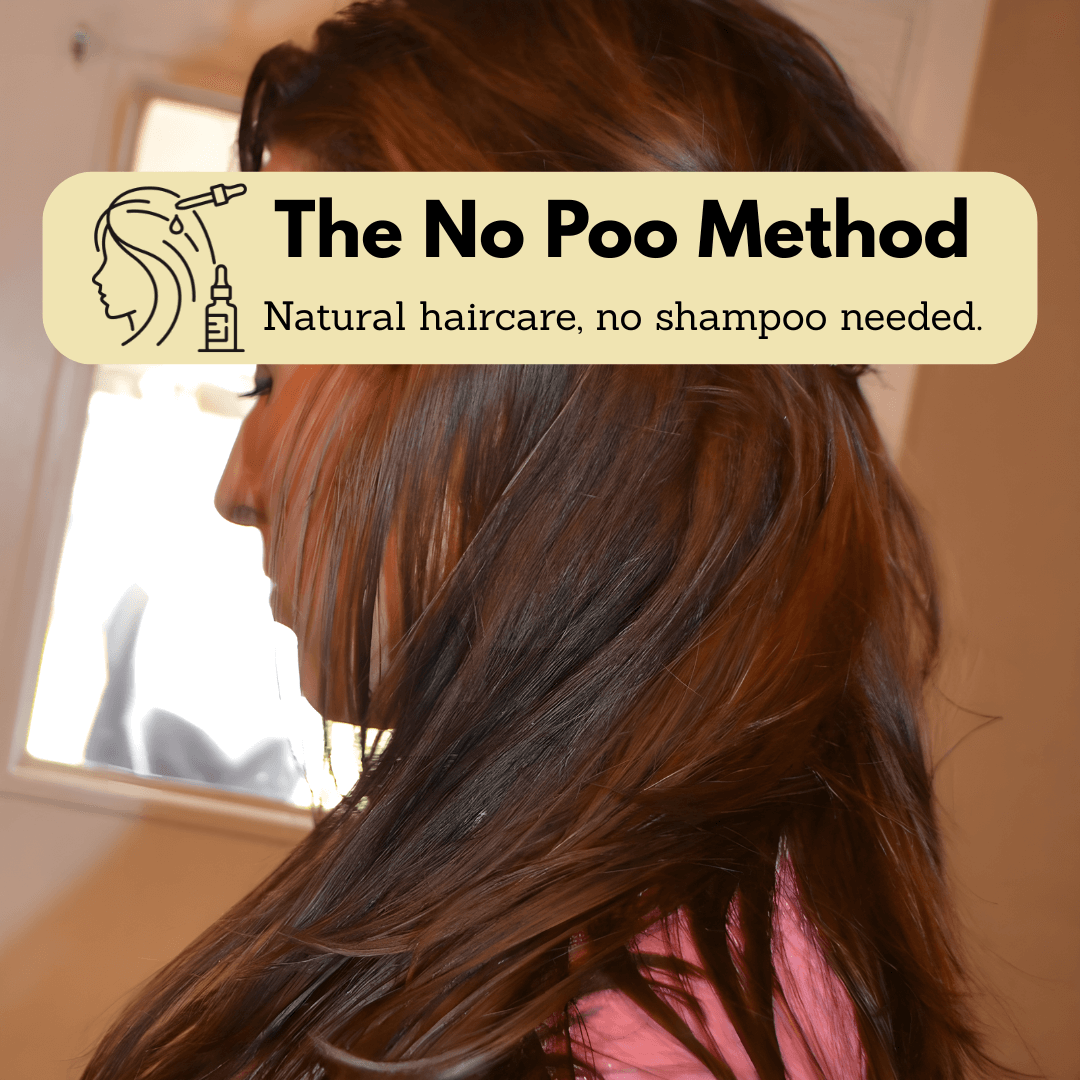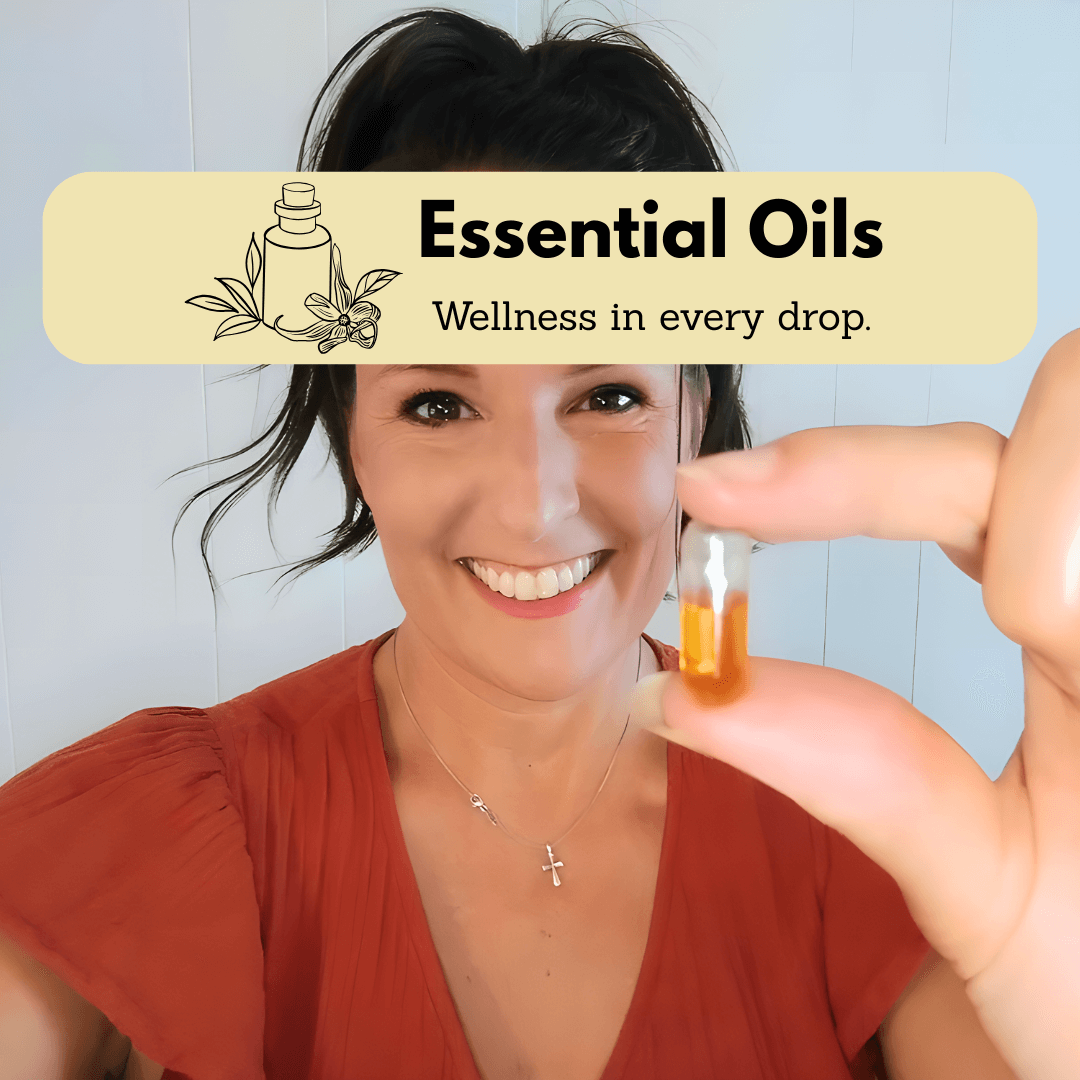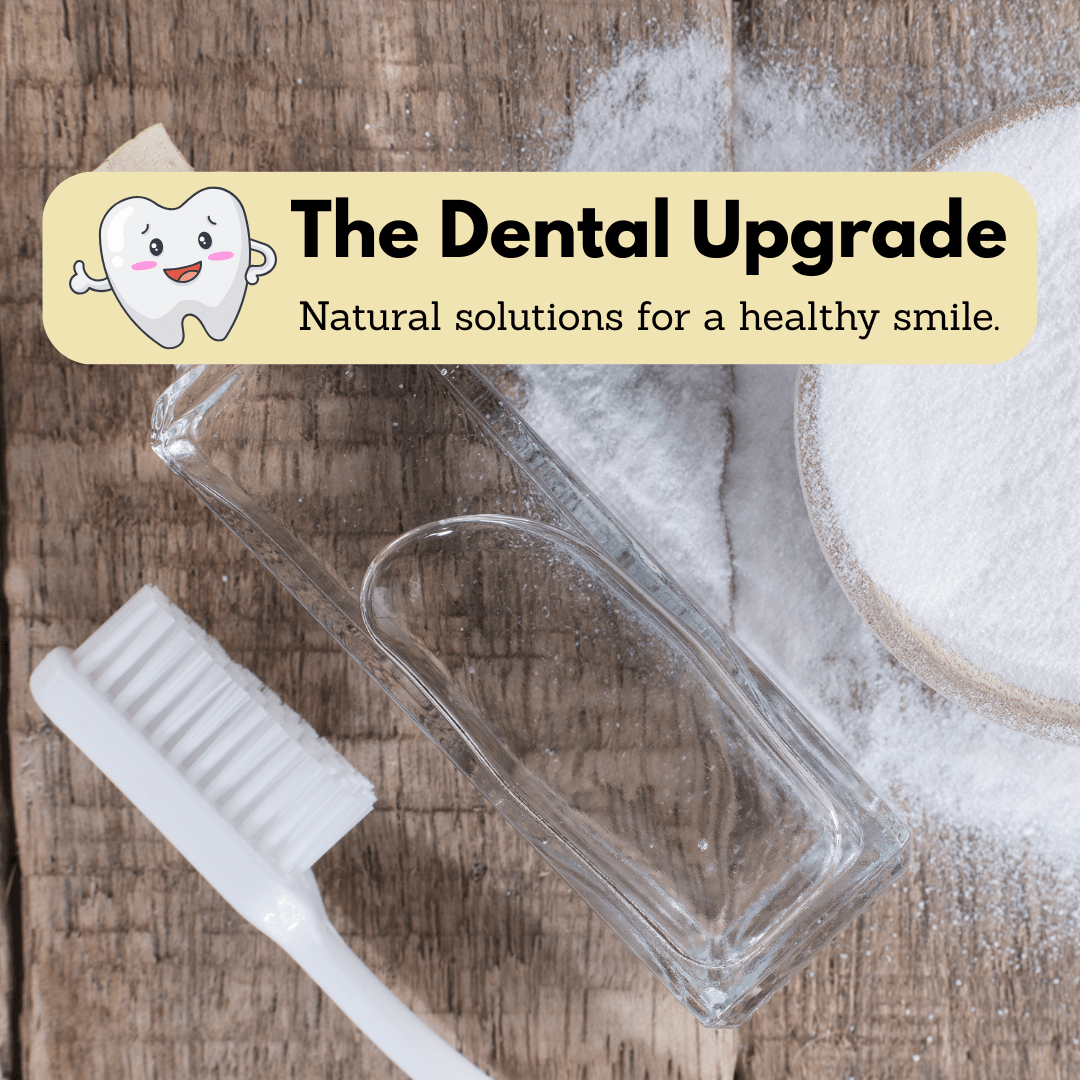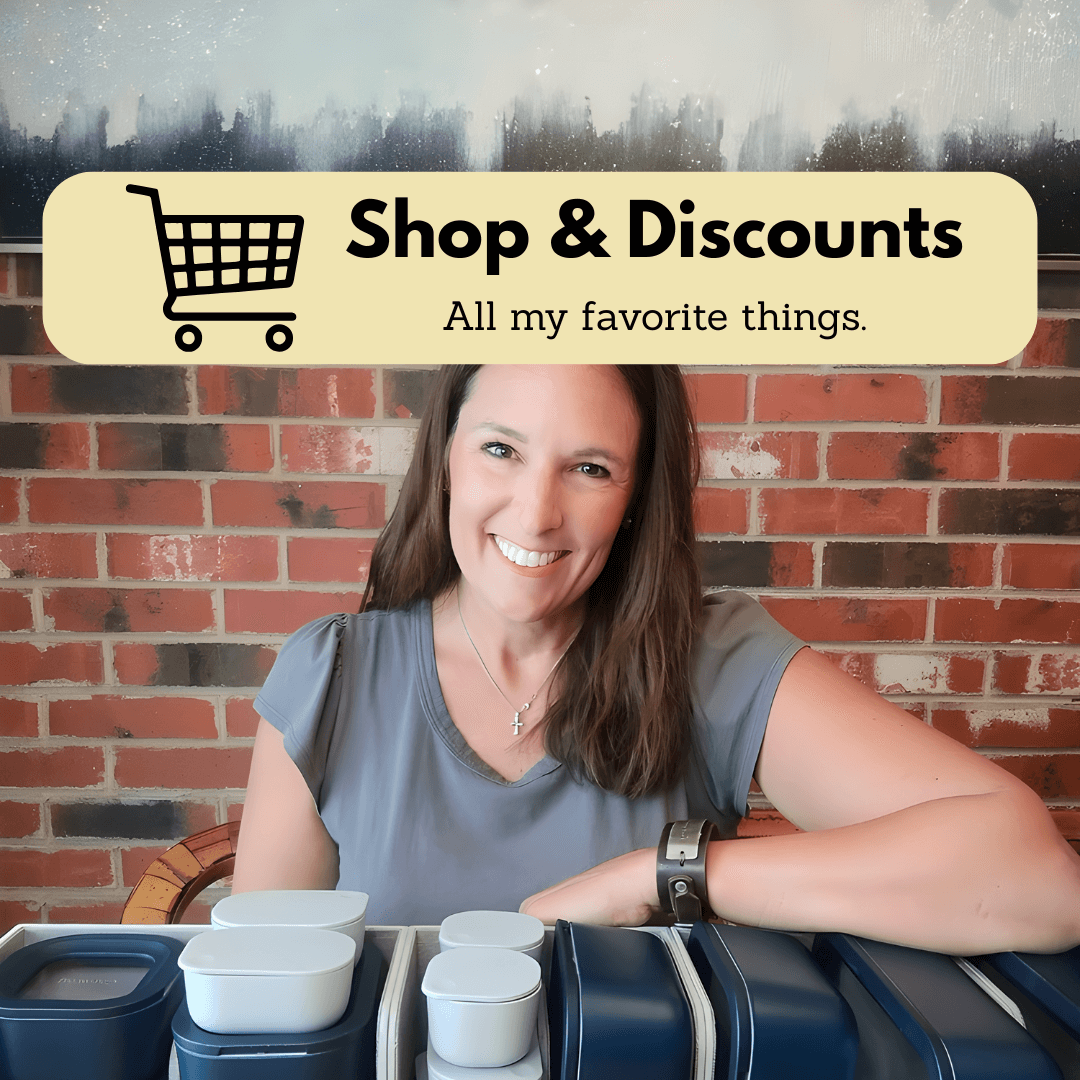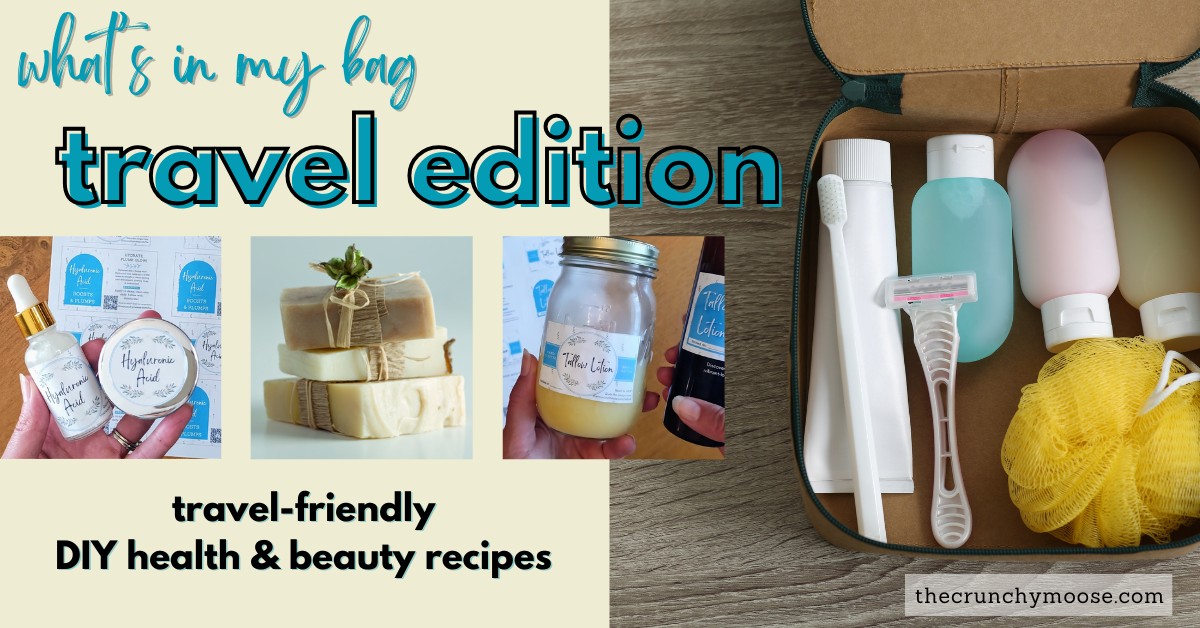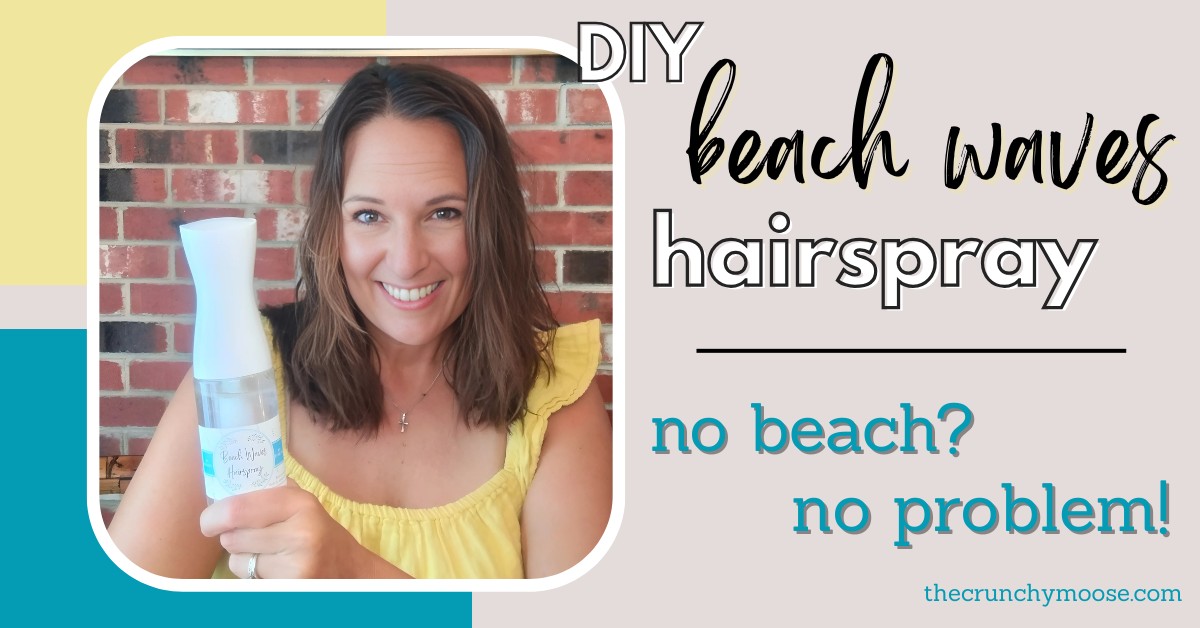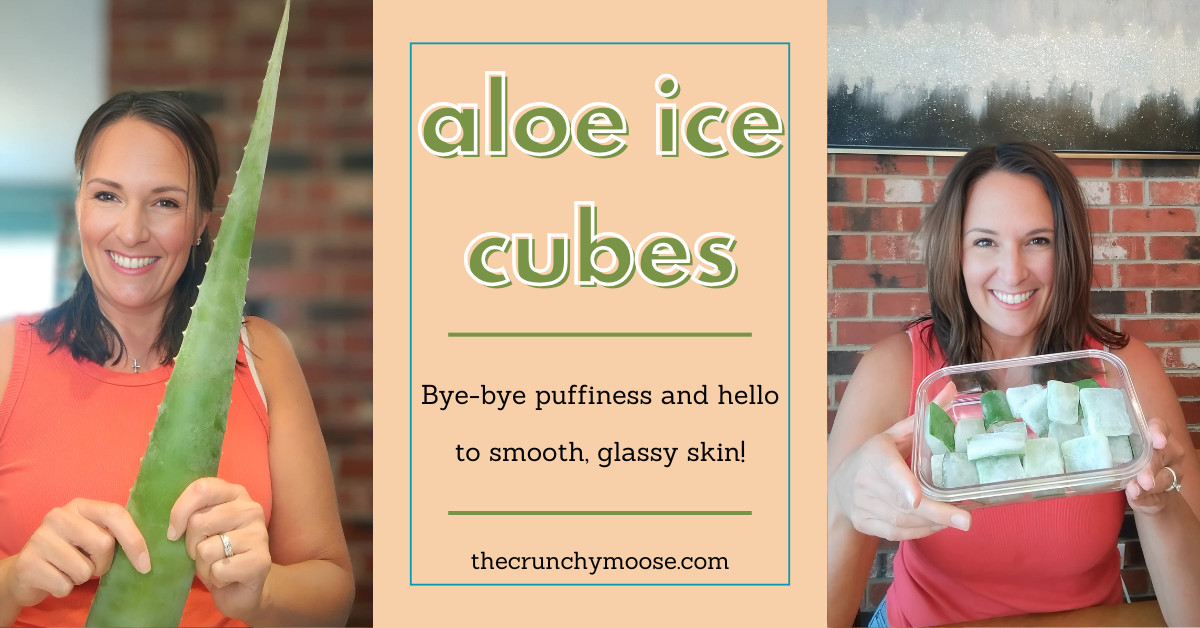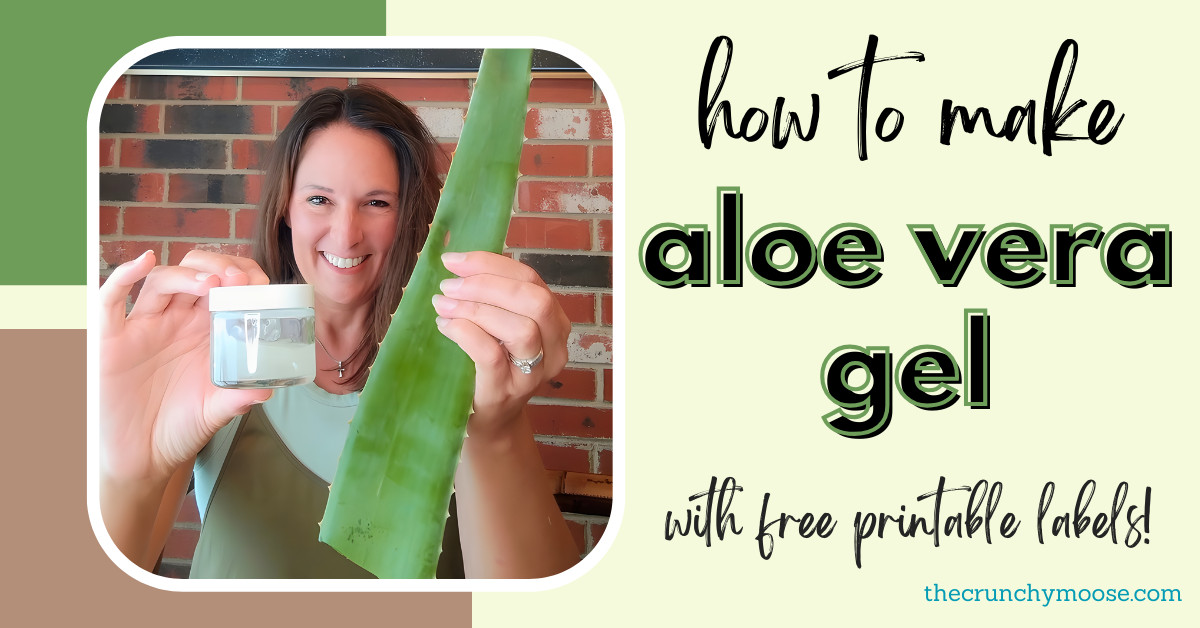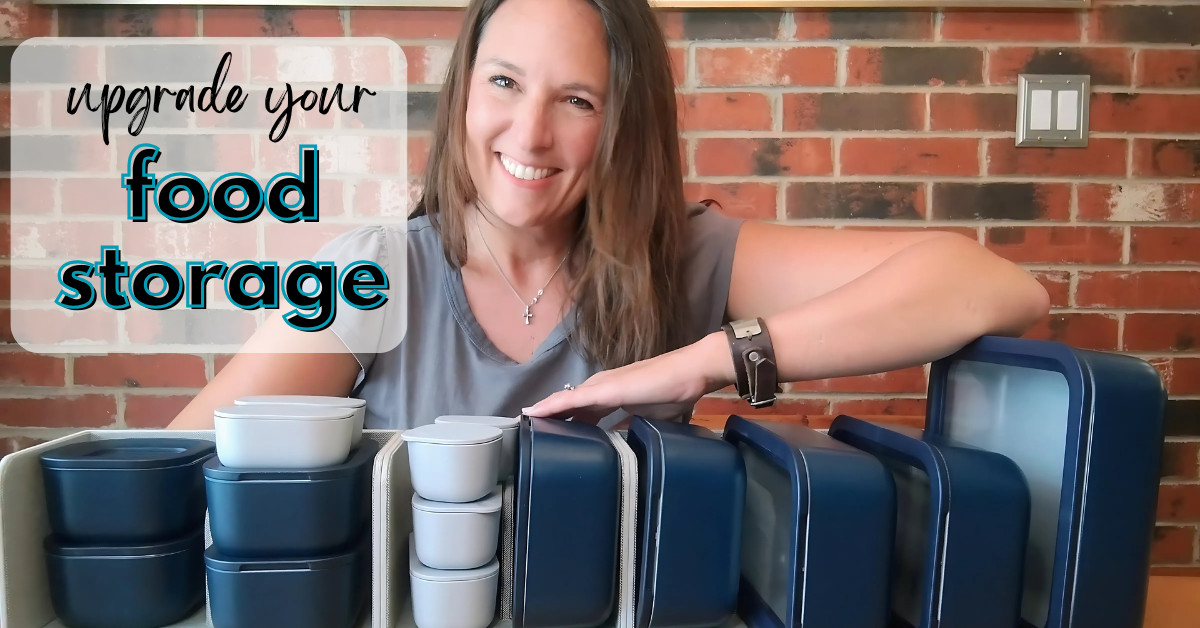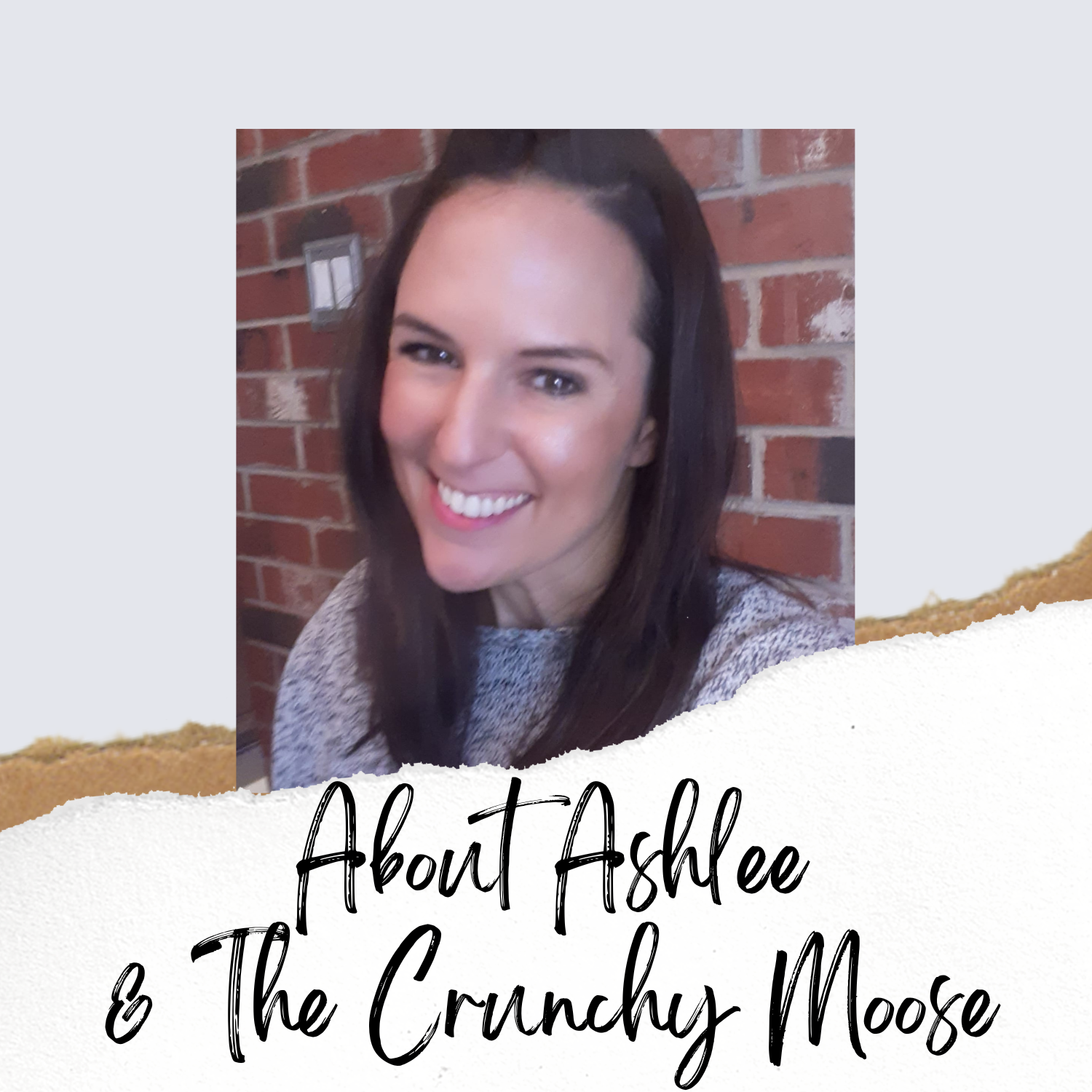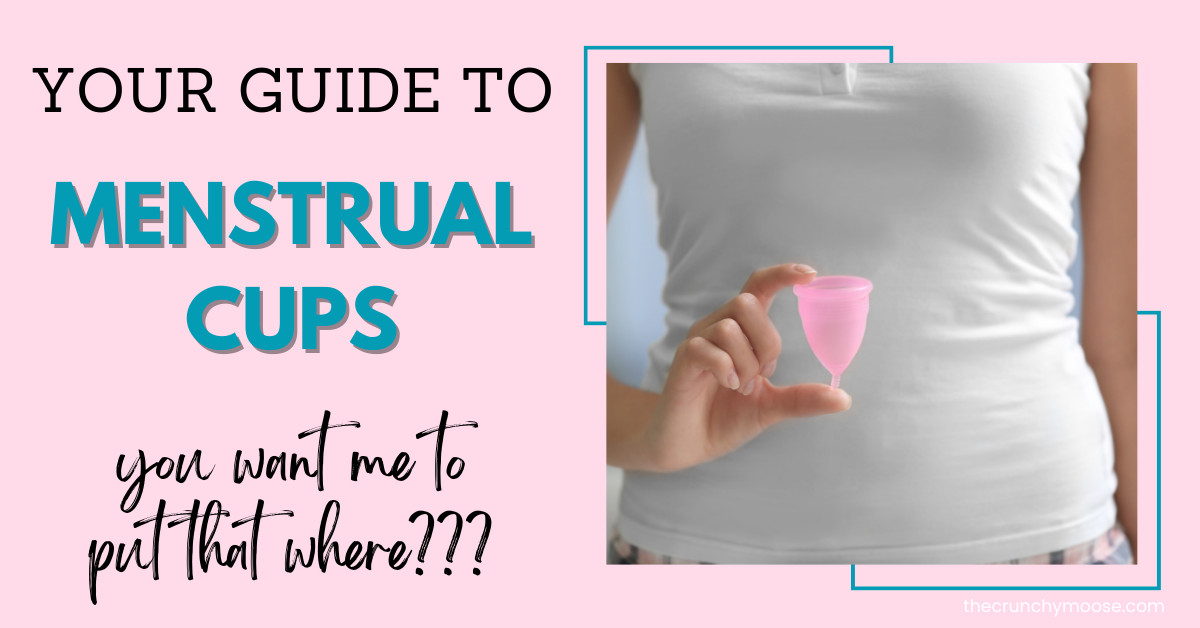
Ladies, it's time to get real. Real personal, that is. Of course I'm talking about periods.
I kept hearing about menstrual cups. And I thought:
"You want me to put that where? That's a big ole mess waiting to happen. Ummm....reuse it? No thanks."
Then I tried menstrual cups and now I get it.
Menstrual cups are amazing. I've been telling my friends about menstrual cups and everyone that has dared to try it thanks me for sharing this wonderful secret with them. They've told me their flow is lighter, less cramping, and less discomfort throughout their cycle.
I know, I know, we've been using tampons and pads for so long and if it ain't broke, don't fix it.
But here's the deal. It is broken.
The problem with tampons
Toxic & Yucky Ingredients in Tampons
- Tampons are made from cotton and rayon. These ingredients are bleached with dioxins. Dioxins are classified as a carcinogen by the EPA, endocrine & hormone disruptor, and alters cell growth. And a scary fact is that dioxins are found in breast milk showing that dioxins are stored in our bodies (source). Cotton is grown with chemicals and insecticides. Cotton farming uses 16% of the insecticides used worldwide (source).
- If a tampon is scented, then it has fragrance as an ingredient. "Fragrance" is "any undisclosed mixture of various scent chemicals and ingredients used as fragrance dispersants." EWG gives it a toxic risk of 8 out of 10 with risks including immune toxicant, allergen, and could affect the reproductive system (source).
Possible Side Effects of Tampons
- Toxic Shock Syndrome (TSS)
- Tampons are the perfect breeding ground for bacteria. These bacteria enter the bloodstream through the vaginal canal. This causes TSS and is potentially fatal. Risk increases the longer a tampon is worn.
- Rayon (an ingredient in many tampons) is a fiber that can tear & stick to the vaginal wall and fibers are left behind. The fibers increase the risk of bacteria growth and the tears increase the risk of the bacteria entering the bloodstream. This increases the risk of TSS.
- Tampons are linked to infertility.
- This study states "possible dangerous effects of tampon use will lower the incidence of endometriosis, thus the problems with infertility could lesson and optimal health care to women could be improved." <<<---- Wow.
- Scented tampons have fragrance that have potential effects on the reproductive system (source).
- Some OB/GYNs suggest not wearing a tampon while trying to conceive.
- Yeast Infections and Vaginitis
- Synthetic ingredients (like rayon) can restrict airflow and trap heat & dampness. Chemicals, fibers, and fragrances can increase the amount of bacteria. This increases the chances of a vaginal infection like yeast infections or vaginitis.
Unsanitary
- There have been reports of mold on the cotton in tampons. Wait. What?!? Mold. A fungus that is linked to skin irritations, fungal infections, asthma, and other respiratory problems. The tampon company says there is no risk to the mold, yet they recalled 1,400 cartons.
- We already talked about the fragrance, chemicals, dioxins, and pesticides in tampons.
Uncomfortable
- The chemicals in tampons have been linked to inflammation. Inflammation is linked to pain. Yep, that's right. Tampon uses in general report more cramping and period pain.
- I don't know about you, but I find tampons to be uncomfortable. I always "know" they are there and can feel them. Tampons absorb everything, including vaginal fluids your body makes to keep everything pH balanced and running smoothly. It also absorbs the good bacteria your body makes to keep the bad bacteria out - you know, the kind that causes TSS. This absorbency causes dryness and irritation.
Wasteful & Expensive
- The average woman uses 11,400 tampons in her lifetime <<<--- that's 250 pounds of tampons (source).
- For the price of a couple boxes of tampons, I bought a menstrual cup that will last up to 10 years.
So now what are we supposed to do?
The answer for me is menstrual cups.
Menstrual cups aren't new. They've been around for over 80 years.
Menstrual Cup Benefits Include:
- No risk of TSS
- No trash in the landfill
- A lot cheaper
- No leaks when you have a proper fit
- 8-12 hour protection
- Comfy and can't feel it
- Can sleep, swim, and be active
- Really isn't as weird as it sounds (I promise!)
- Easy to use
- Less cramps
- No plumbing problems associated with flushing tampons
- No surprise mold
- I use the Diva Cup (find it here). It comes in 3 sizes (under 18 years old, 19-30 years old, 30+ or heavy flow or post pregnancy).
How to Use and Insert a Menstrual Cup:
Here's to a happier, more comfortable, less annoying period with the Diva Cup!
Pin this article to save it for later!
Also check out:
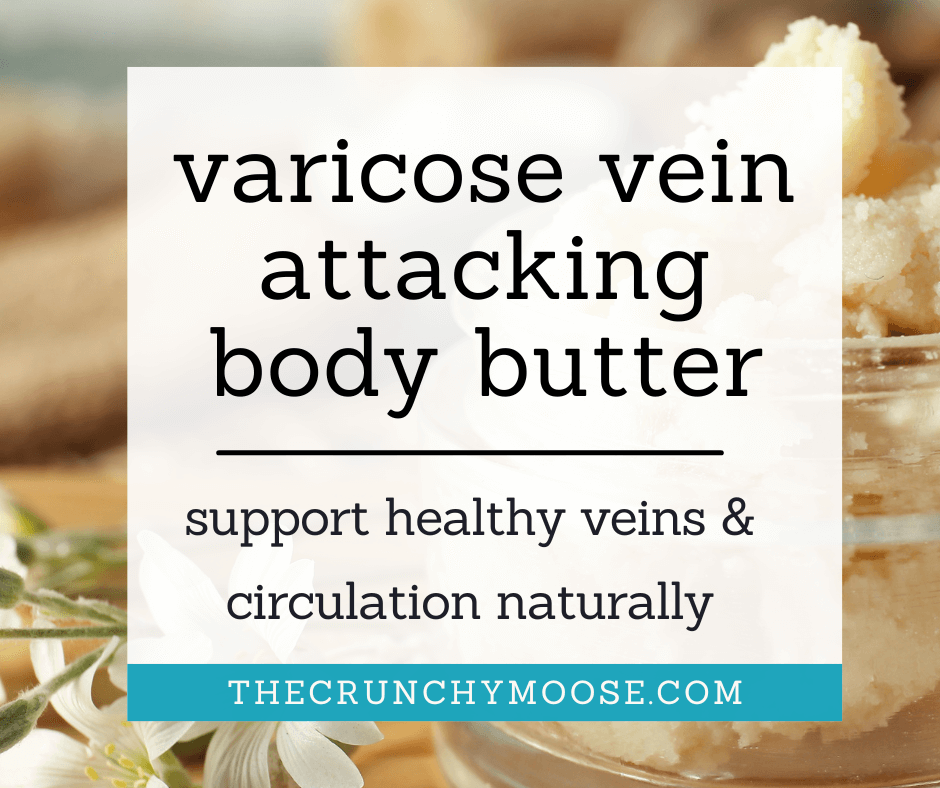 | 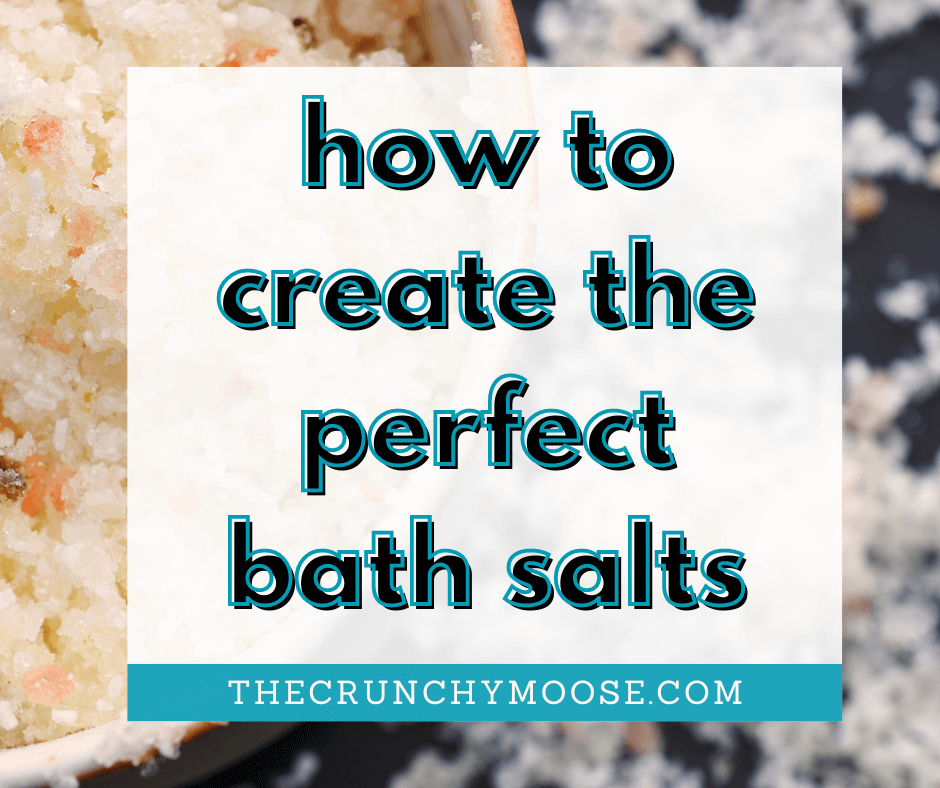 | 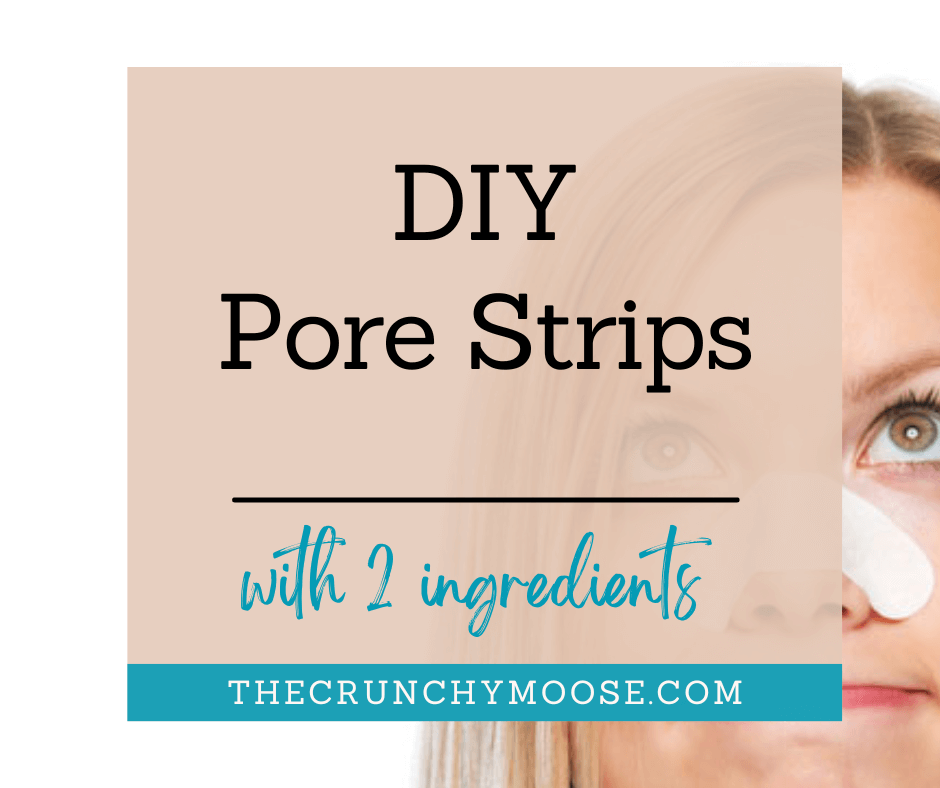 |
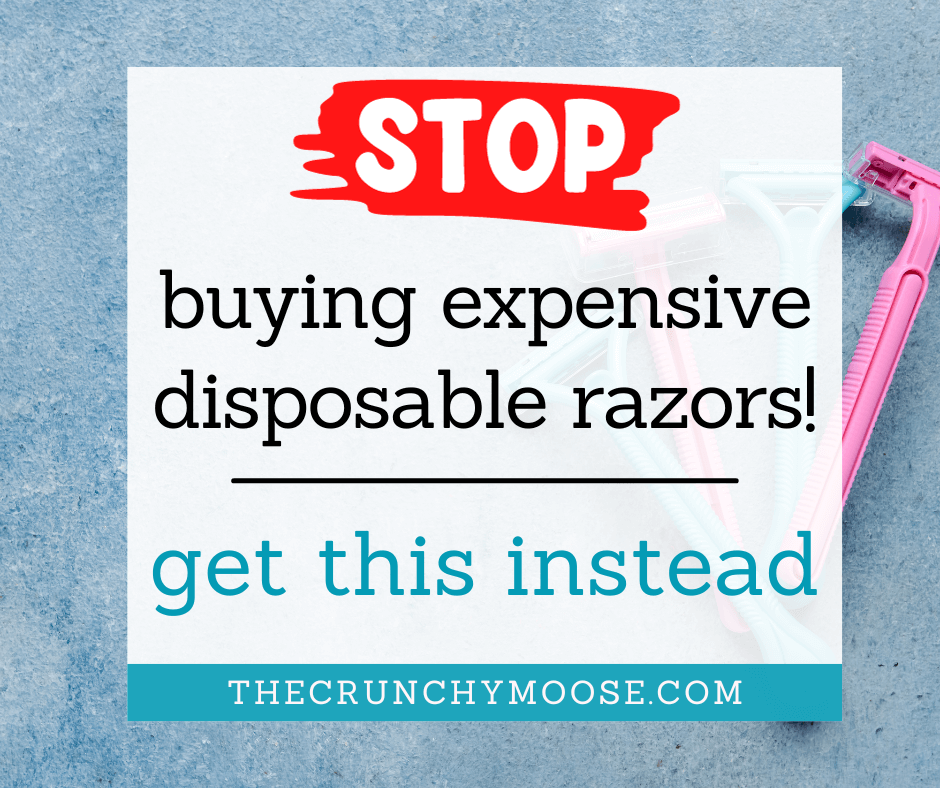 | 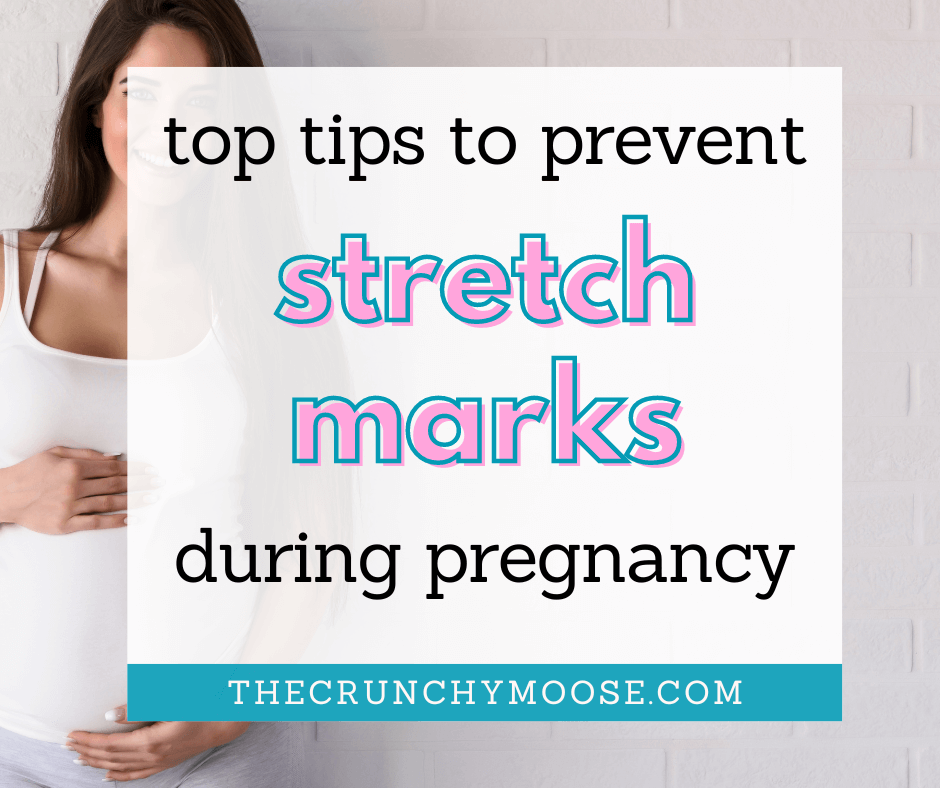 | 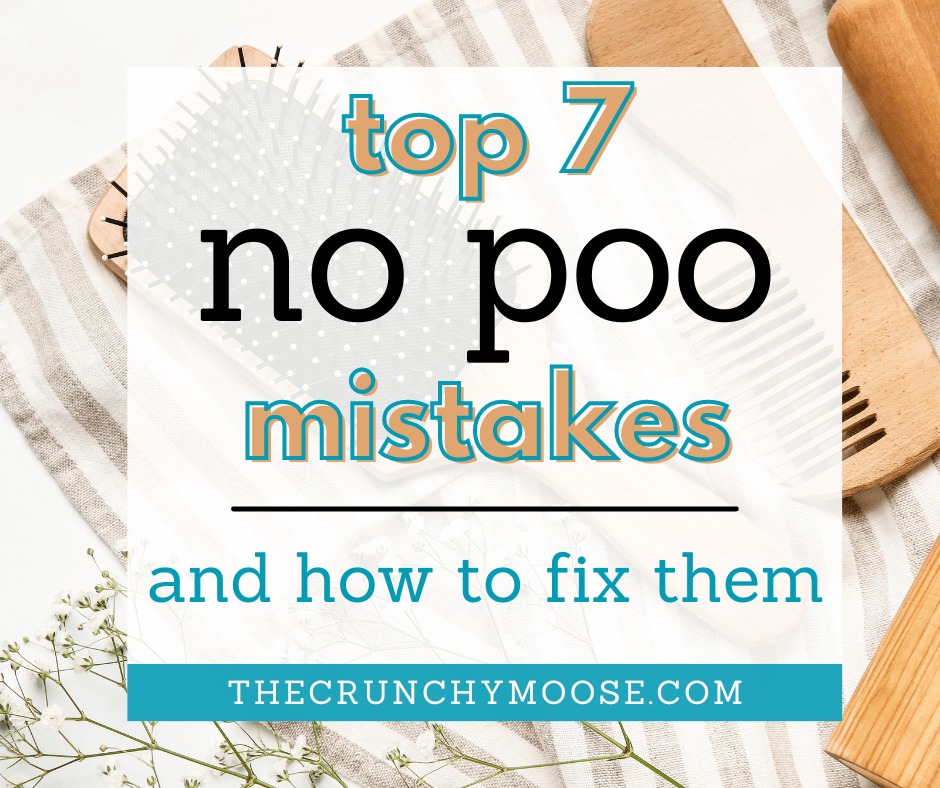 |
